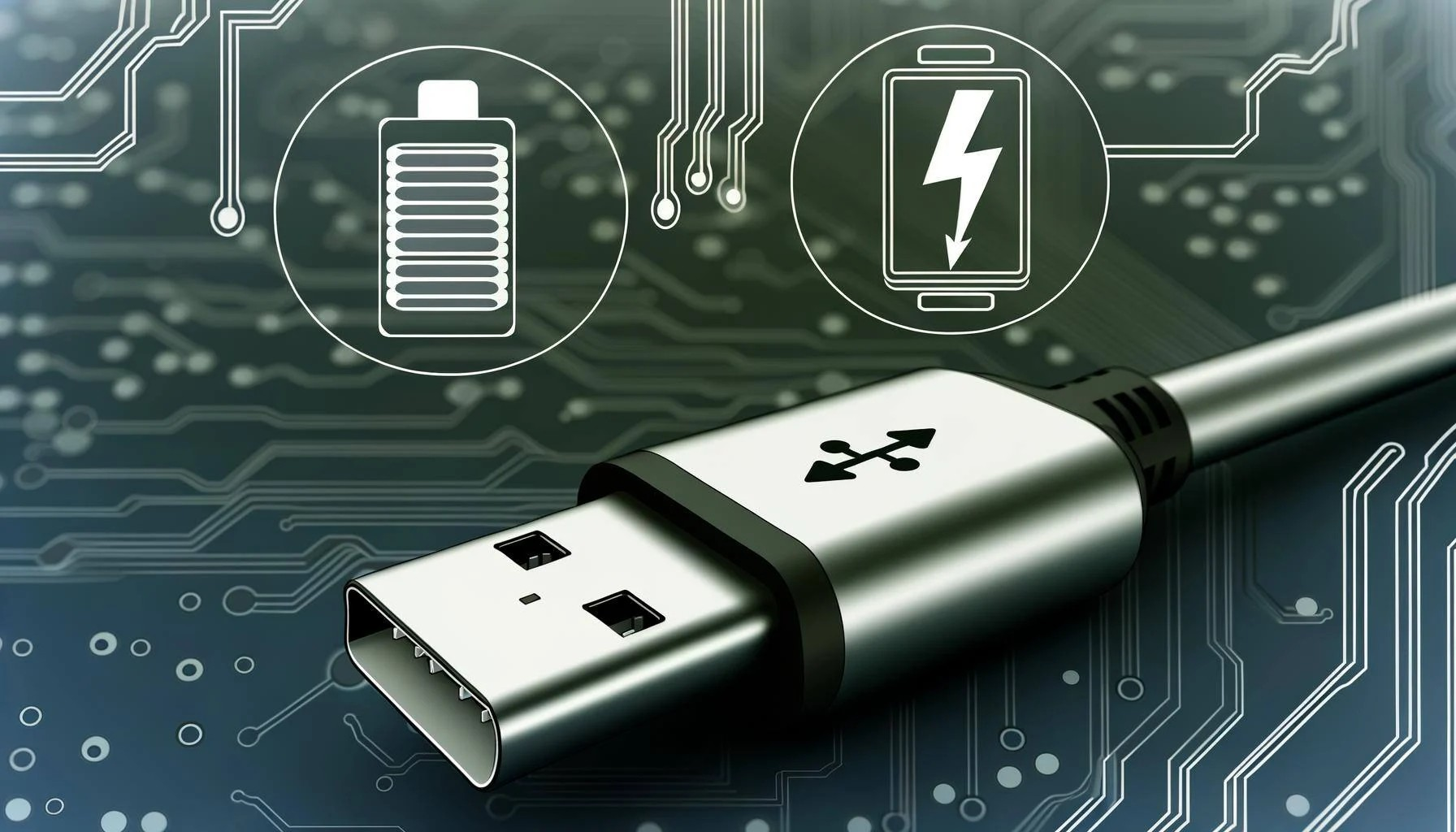Thunderbolt 4 and USB4 are now some of the most ubiquitous connectivity standards among laptops, computers, docks, and mobile electronic devices. Thunderbolt 4 and USB4 both utilize the USB Type-C Connector, sharing many similarities in both design and feature, thus making the two standards compatible with each other. Both technologies also support 40Gbps of data transfer speed, video passthrough, power supplies of up to 240W.
The upcoming Thunderbolt 5 builds upon the innovation of Thunderbolt 3 & 4, doubling the supported data rate to 80Gbps. With an asymmetry link supporting high resolution DisplayPort output, Thunderbolt 5 can even deliver 120Gbps while still maintaining 40Gbps for simultaneous data transfer over a single USB-C cable connection.
How are TBT and USB4 related?
Intel’s Thunderbolt 3 was first introduced in 2017. The same protocol specification would later be contributed to USB-IF in 2019, providing a foundation for the open USB4 specification released that same year. Intel also went on to integrate TBT4 capabilities to its CPUs, integrating a wider range of devices and accessories into the TBT4 and USB4 ecosystem. Notable laptops, computers, and accessories that support TBT3 and TBT4 include Apple MacBookAir, MacBookPro series notebook, Dell XPS series notebook, OWC TBT4 dock, and more.
TBT4 and USB4 applications have also started to reference the same USB4 specification, including aspects such as electrical, links, and protocol. Additionally, USB4 version 2 was also included under TBT5 support after the former was announced to support 80Gbps.
Main difference between USB4 and TBT4
The main difference between the two standards lies in supporting features which are largely optional for USB4 due to its open specification nature that allows for wide use across different applications. TBT4, on the other hand, makes these options the default capability for notebook and computer related applications.
That said, similarities between the two standards has led to confusion among the general consumer market and even among professional engineers and product designers. To communicate the right features to consumers and help manufacturers save time and resources on designing, testing, and debugging, let’s parse out the differences between these standards to settle the score once and for all.
Differences Between Thunderbolt™ 5, Thunderbolt™ 4 and USB4
Minimum specification requirements
The main differences between Thunderbolt 4/5 and USB4 lie in their minimum specification requirements, here take a laptop for example:
| Host Min. Requirement | Thunderbolt 5 | Thunderbolt 4 | USB4 |
| Speed | 25.6GBaud x2, 10.0G/20.0G x2, 10.3125G/20.625G x2 | 10.0G/20.0G x2, 10.3125G/20.625G x2 | 10.0G/20.0G x2 |
| Bandwidth | 80Gbps | 40Gbps | 20Gbps |
| Asymmetry Link | Yes (120G/40G) | Not supported | Not supported |
| Power Provided by USB-C Port | Min. 15W | Min. 15W | Min. 7.5W |
| USB3 Tunnel | 10Gb/s | 10Gb/s | 10Gb/s |
| PCIe Tunnel | 64Gbps (Gen4 x4) | 32Gbps (Gen3 x4) | Optional |
| DP Tunnel | DP2.1 (UHBR20), 2 displays | DP1.4a (HBR3), 2 displays | DP1.4a, 1 display |
| Monitor support | Dual 6K | Dual 4K | One monitor (No Minimum BW) |
Why get Thunderbolt 4 Certification?
Cover USB Charging, High-Speed Data Transfer, and Interoperability
While it’s true that data rate increases to 20Gbps for TBT4 and also 25.6GBaud for TBT5, the signal quality has also decreased dramatically over component, PCB, connector, and cables. To ensure that the right power levels are supplied from the TBT4 dock or USB-C power adaptor to attached devices or sinking power, Intel TBT4 requires product vendors to become TBT certified before launching into market. The certification covers multiple high speed applications across electrical testing, functional testing, as well as TBT4/3 Host, device, accessories, and cables to ensure that end-consumers are provided with the intended TBT4 experience.
End consumer appeal and market potential
The guarantee that Thunderbolt 4 provides makes it a more appealing choice for the following end users who are seeking the following features:
- Backwards compatibility with Thunderbolt 3
- Data security while connected via Intel VT-d based DMA protection
- Increased quality for video and data transfer by host devices supported by 11th Gen Intel Core i5 or i7 mobile processors with Intel Iris X graphics
- Improved battery life
- Support for connectivity accessories with up to four downstream Thunderbolt ports
- USB4 compliant
Through a single cable, Thunderbolt 4/5 also offers support for other protocols such as DisplayPort 1.4/2.1 and PCIe Gen3/Gen4 via protocol tunneling. In that sense, TBT4 is truly a universal cable that can carry DisplayPort, PCI Express, and power delivery for both USB4 and TBT4/5, an unprecedented level of flexibility that will no doubt be welcomed by the following users:
- Creatives and marketers who need the fast PCIe 32Gbps transfer speed and high-capacity storage demanded by the latest cameras
- Developers who work with multiple displays when coding or modeling
- General, high productivity workers who are increasingly using data-intensive AI programs to expedite their workflow
Enjoy one-size fits all certification Thunderbolt 4 certification services
Just like Thunderbolt 4, GRL’s Intel recognized Authorized Test Labs (ATLs) provide end-to-end testing, debugging, and troubleshooting services so that you can enjoy a quick, painless, and affordable pathway to Thunderbolt 4 certification. Check out our official Thunderbolt certification test services here or reach out to us for a quote and recommendations.


